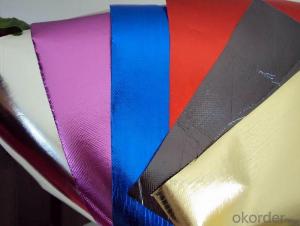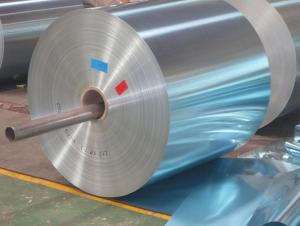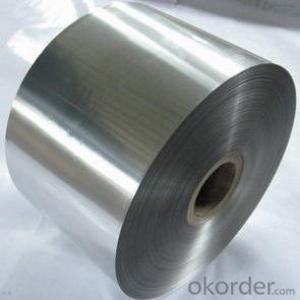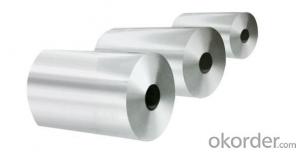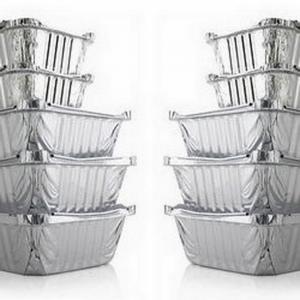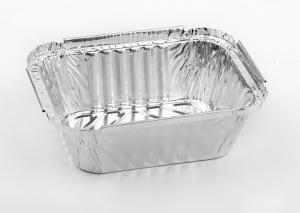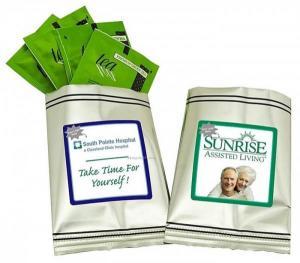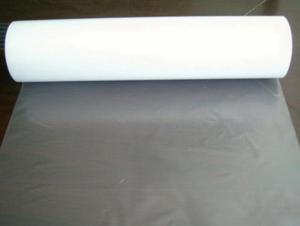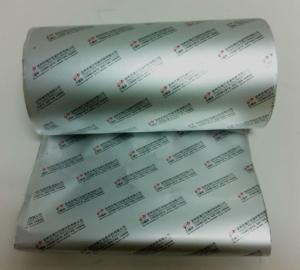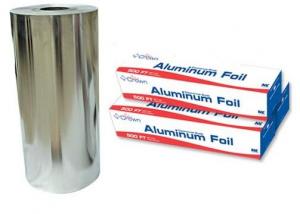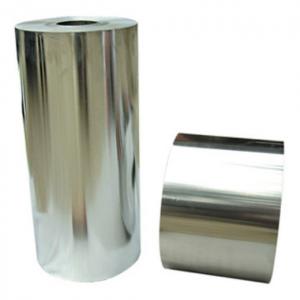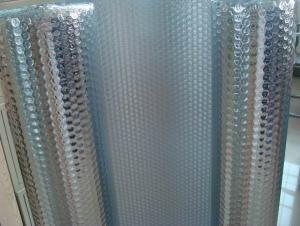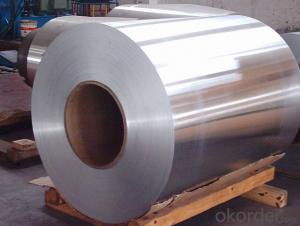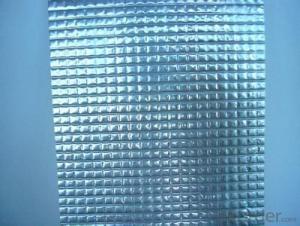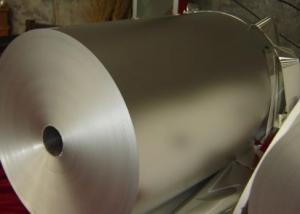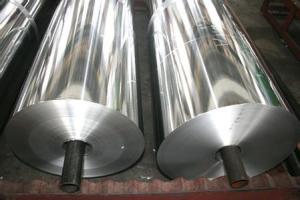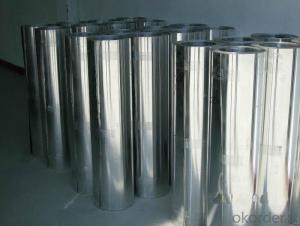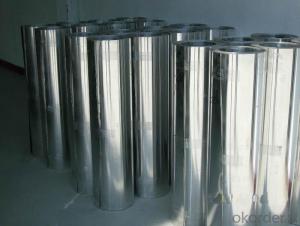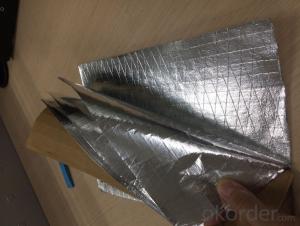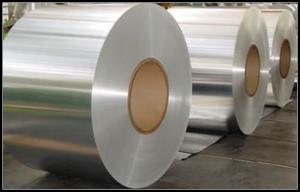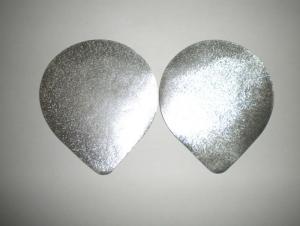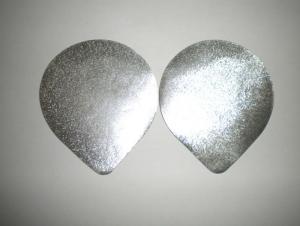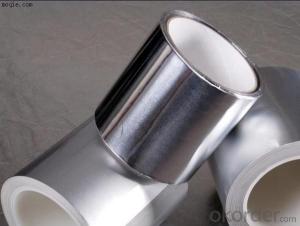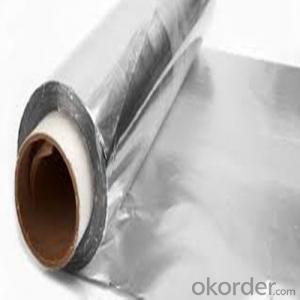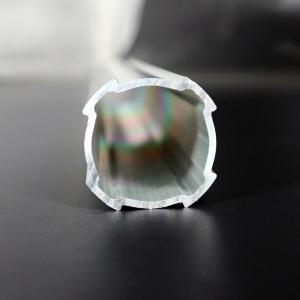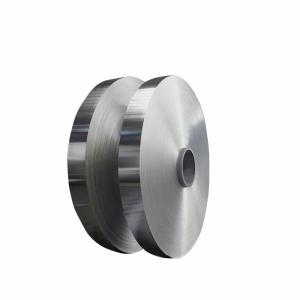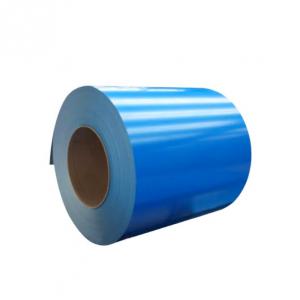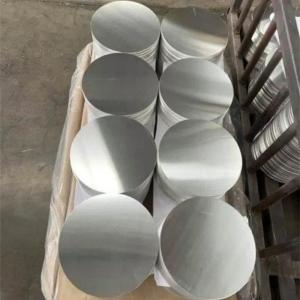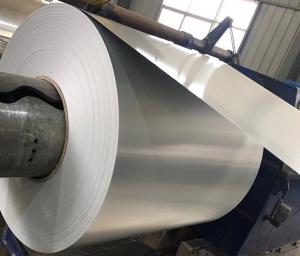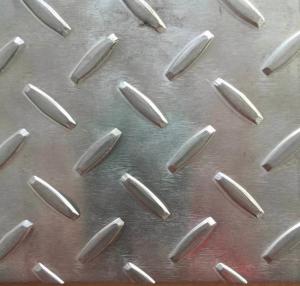Aluminum Foil Vapour Barrier
Aluminum Foil Vapour Barrier Related Searches
Aluminum Foil Vapor Barrier Aluminum Barrier Foil Vacuum Aluminum Foil Vented Aluminum Foil Aluminum Wrapping Foil Aluminum Bubble Foil Aluminum Foil Coated Aluminum Foil Foam Aluminum Laminated Foil Smoke Aluminum Foil Baking Aluminum Foil Aluminum Composite Foil Aluminum Thermal Foil Aluminum Foil Ball Aluminum Foil Wrap Radiation Aluminum Foil Heat Resistant Aluminum Foil Smoking Aluminum Foil Aluminum Foil Balls Aluminum Foil Fly Repellent Aluminum Container Foil Aluminum Insulation Foil Aluminum Paper Foil Smoker Aluminum Foil Aluminum Foil Blanket Adhesive Aluminum Foil Decorative Aluminum Foil Amcor Aluminum Foil Aluminum Brazing Foil Washed Aluminum FoilAluminum Foil Vapour Barrier Supplier & Manufacturer from China
Aluminum Foil Vapour Barrier is a versatile product that consists of aluminum foil combined with a layer of plastic film, designed to provide an effective barrier against moisture and vapor. This composite material is widely used in various industries, including construction, automotive, and packaging, due to its ability to prevent condensation and protect against corrosion. The aluminum foil layer offers excellent heat reflection properties, while the plastic film provides a durable and flexible surface that can be easily cut and shaped to fit various applications.In terms of application and usage scenarios, Aluminum Foil Vapour Barrier is commonly used in building insulation, where it helps to reduce heat loss and maintain a comfortable indoor environment. It is also utilized in the automotive industry for protecting electrical wiring and components from moisture, as well as in food packaging to preserve freshness and extend shelf life. The product's versatility and effectiveness make it a popular choice for a wide range of applications, ensuring that moisture and vapor are kept at bay.
Okorder.com is a leading wholesale supplier of Aluminum Foil Vapour Barrier, boasting a large inventory that caters to the needs of various industries. As a reputable supplier, Okorder.com ensures that the product is of high quality and meets the specific requirements of its customers. By offering a comprehensive range of Aluminum Foil Vapour Barrier products, Okorder.com has established itself as a reliable source for businesses seeking to incorporate this effective moisture and vapor barrier into their operations.
Hot Products
